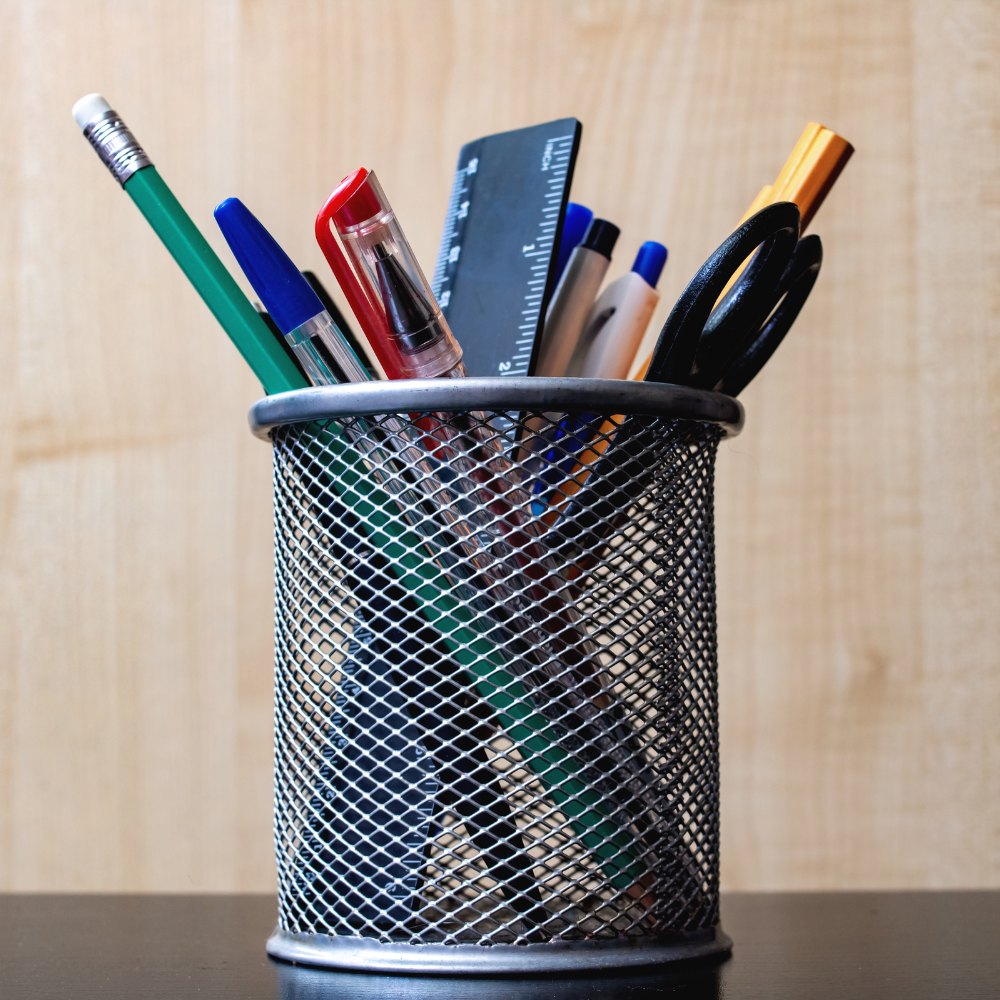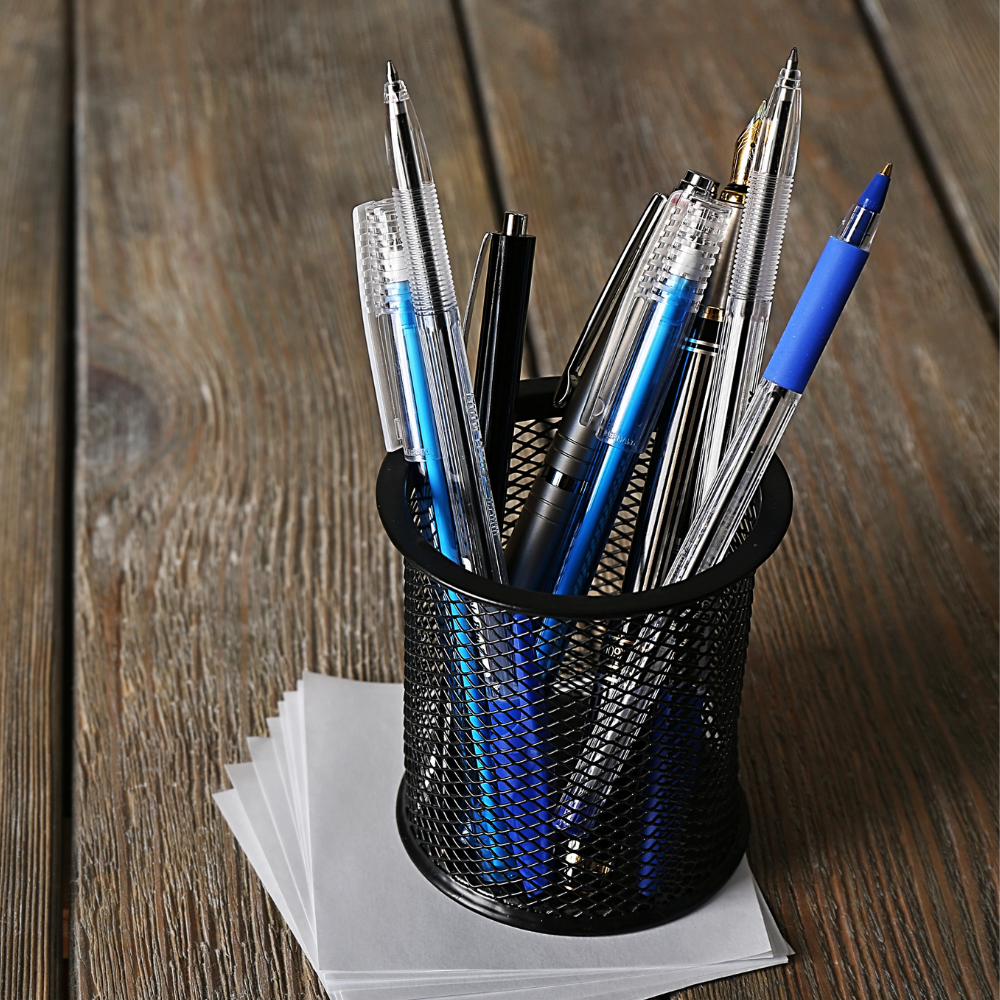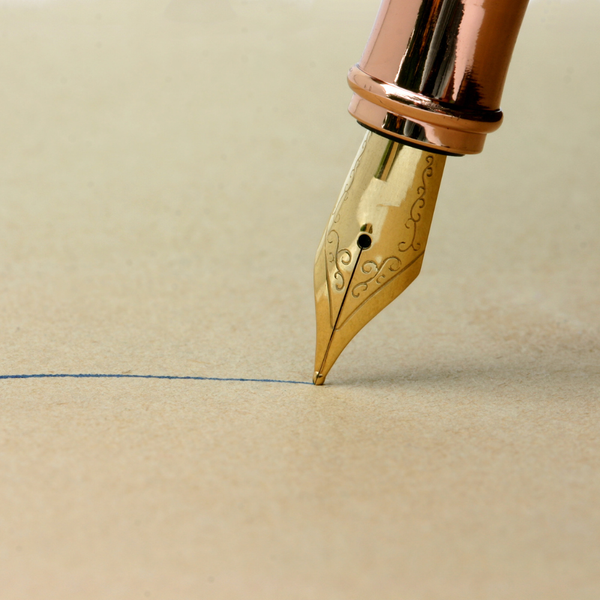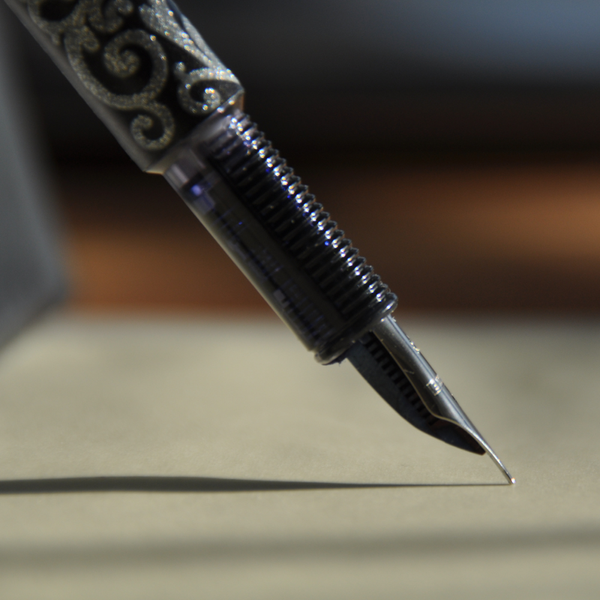Are you an artist looking to upgrade your art supplies?
When it comes to the tools of the trade, choosing high-quality products can make a huge difference in the clarity and precision of your artwork.
But with such a wide array of materials available for purchase, how do you know which ones will be worth investing in and best suited for your style?
For years, artists have relied on the classic fountain pen to deliver superior drawing and writing capabilities.
Are you looking for an upgrade from your trusty fountain pen?
Fountain pens have long been revered for their elegance, craftsmanship, and the smooth writing experience they offer.
However, as technology and preferences evolve, so do the various options available in the market, including erasable pens.
Don't get me wrong, fountain pens are a classic and beautiful tool, but sometimes you need a little something extra to take your drawings to the next level.
So, is there something better than a fountain pen?
Let's explore some other drawing pens and see how they compare.
Open up those sketchbooks and let’s get started!
Key Takeaways:
- Understand the differences between fountain pens and other writing instruments.
- Discover the advantages of alternative pens such as ballpoint, rollerball, and gel pens.
- Learn about the technological advancements in pen design that may surpass the traditional fountain pen.
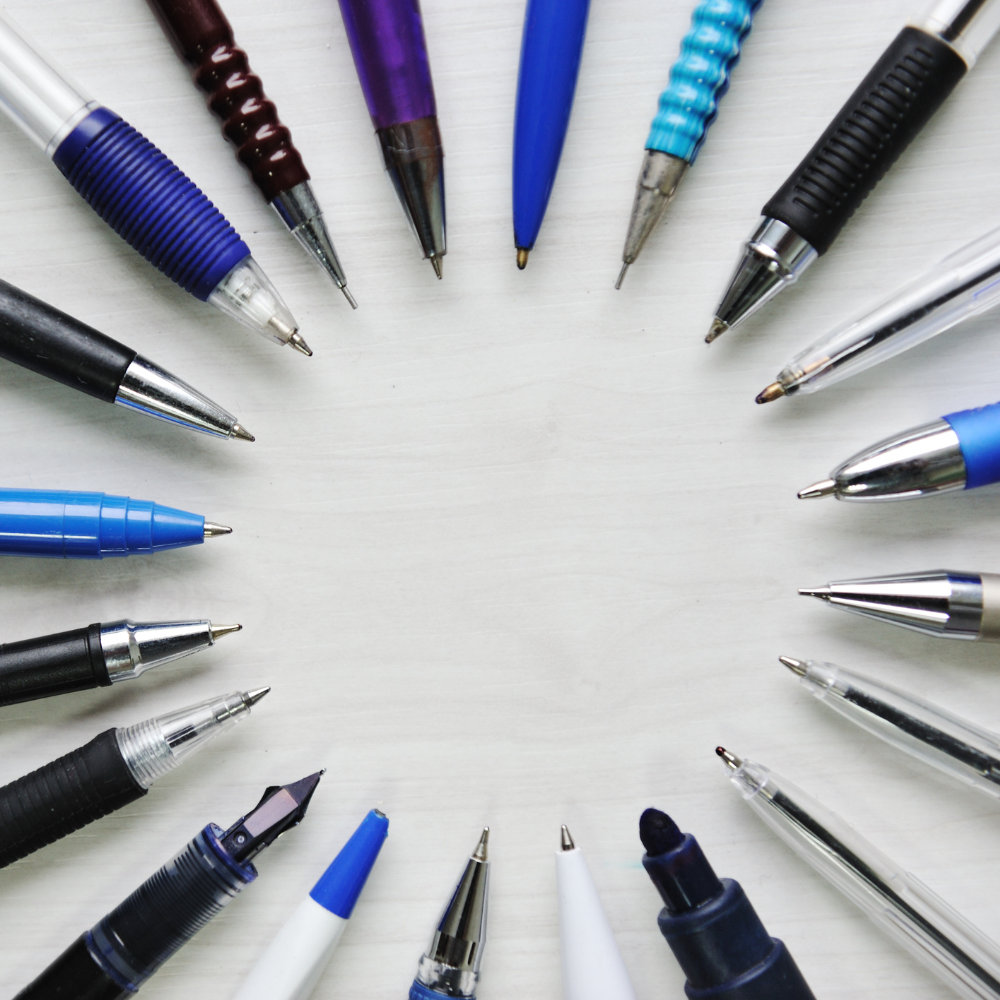
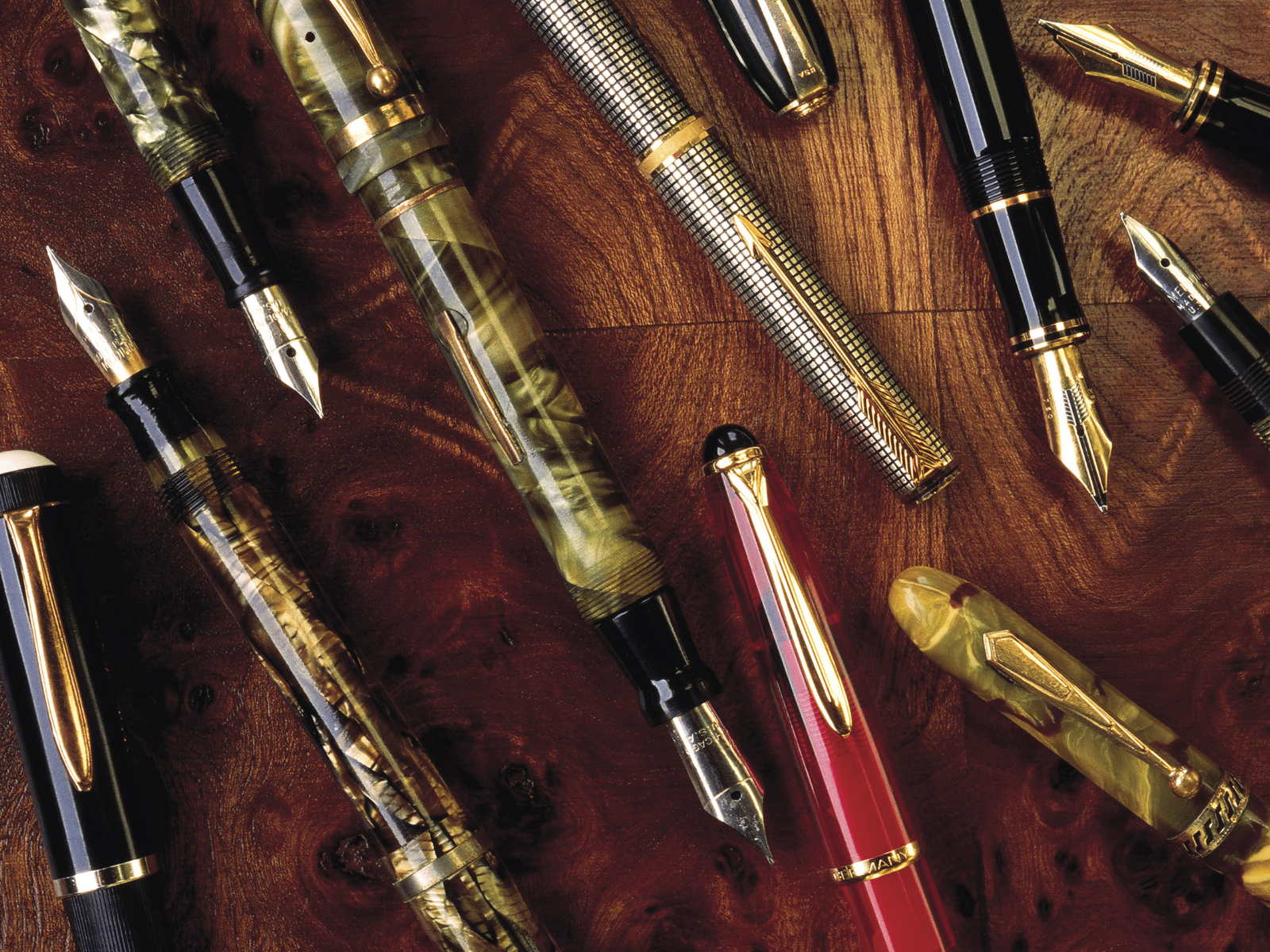
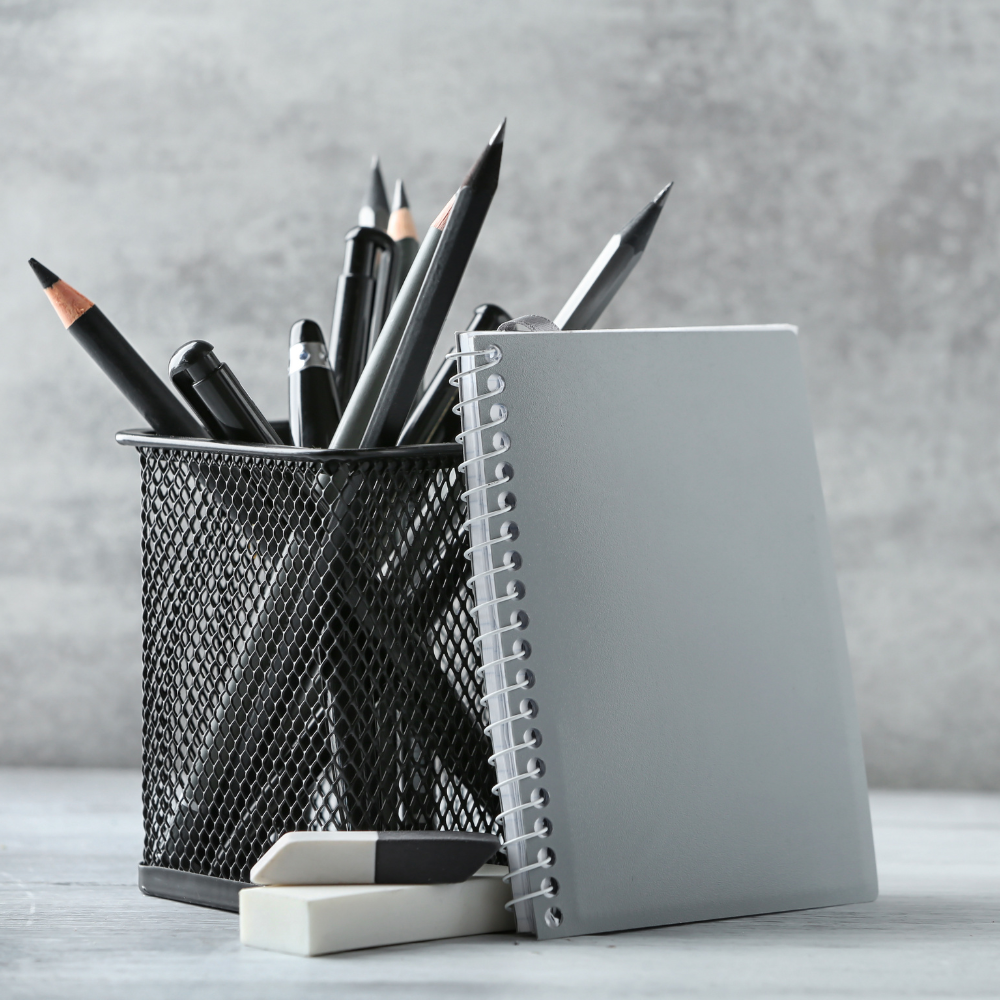
The Evolution of Writing Instruments
The journey from quill to fountain pen was marked by a desire for convenience and efficiency.
Fountain pens work by leveraging a combination of gravity and capillary action to deliver ink to the paper.
While they have been a symbol of fine writing for centuries, the advent of new types of pens has challenged their dominance.
Ballpoint Pens: The Modern Workhorse
Ballpoint pens have become ubiquitous due to their practicality.
The ballpoint pen requires less maintenance than a fountain pen, making it a great pen for everyday writing.
Its oil-based ink dries quickly, reducing the likelihood of smudging, and it performs well on low quality thin paper.
The best ballpoint pen offers a balance of comfort, reliability, and affordability.
For artists, this pen is a great option for rough sketching and doodling, as it allows you to work quickly and freely without worrying about smudging or bleed-through.
Rollerball Pens: Smooth Operators
Rollerball pens combine the best of both ballpoint and fountain pens.
They use water-based or liquid-based ink, which allows for a smoother ink flow similar to that of a fountain pen. The result is vivid lines without the need for much pressure.
Rollerball pens are favored by those who appreciate the smooth writing experience of a fountain pen but desire the convenience of a ballpoint.
They are also a great option for artists who want to add depth and dimension to their drawings with varying line widths.
Gel Pens: The Bold and the Beautiful
Gel pens utilize gel ink that is thicker than traditional liquid ink but offers a variety of vibrant colors and effects.
Gel ink provides a smooth ink flow and is excellent for creating bold lines.
The Uni-ball Signo, for example, is renowned for its archival ink quality and ability to produce fine lines with ease.
This versatile tool that should not be overlooked, as they're perfect for adding a pop of color to your drawings, and they're great for adding highlights and accents.
They're perfect for adding detail to smaller areas or for adding highlights to larger pieces.
They're also great for creating contrast when used over darker pigments.
With so many colors and styles to choose from, gel pens are a fun and creative way to enhance your artwork.
Brush Pens: The Artist's Choice
A hybrid between a brush and a marker, these pens are a game-changer for any artist; they come in a variety of sizes and firmness, and their versatility is unmatched.
Brush pens are a favorite among artists due to their versatility and ability to create beautiful calligraphy.
They offer the control of a regular pen while also allowing for different line widths by applying varying pressure.
Additionally, brush pens come in various types of ink, including water-based, dye-based, and pigmented ink, offering different effects.
Not only can you use them for calligraphy and lettering, but you can also use them for adding texture and depth to your drawings.
They're perfect for creating vivid watercolor-like effects that simply cannot be achieved with a fountain pen.
Whether you're working on your next comic book or creating intricate floral designs, brush pens should be at the top of your list.
Fineliner Pens: The Details Matter
If you're looking for durability and precision, fineliner pens are the way to go.
They allow you to create sharp and thin lines that fountain pens simply cannot achieve.
They come in various tip sizes, making them perfect for both delicate work and bolder statements.
Fineliners use a water-based or pigmented ink that is smudge-proof and waterproof, making them suitable for technical drawings and illustrations.
They work great for drafting and sketching, and their affordability makes them a great investment for beginners and professionals alike.
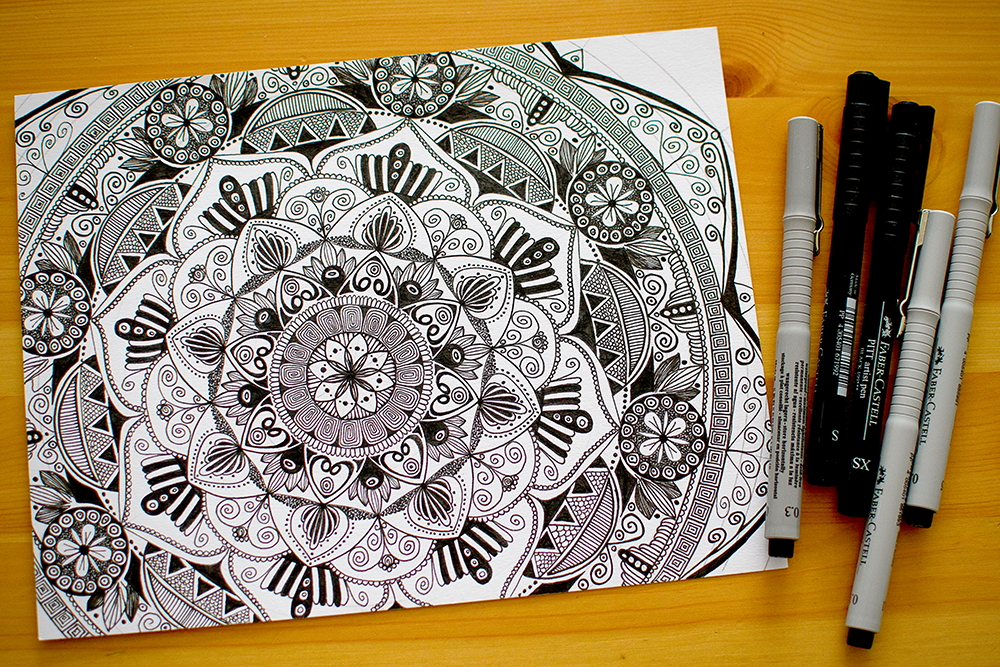
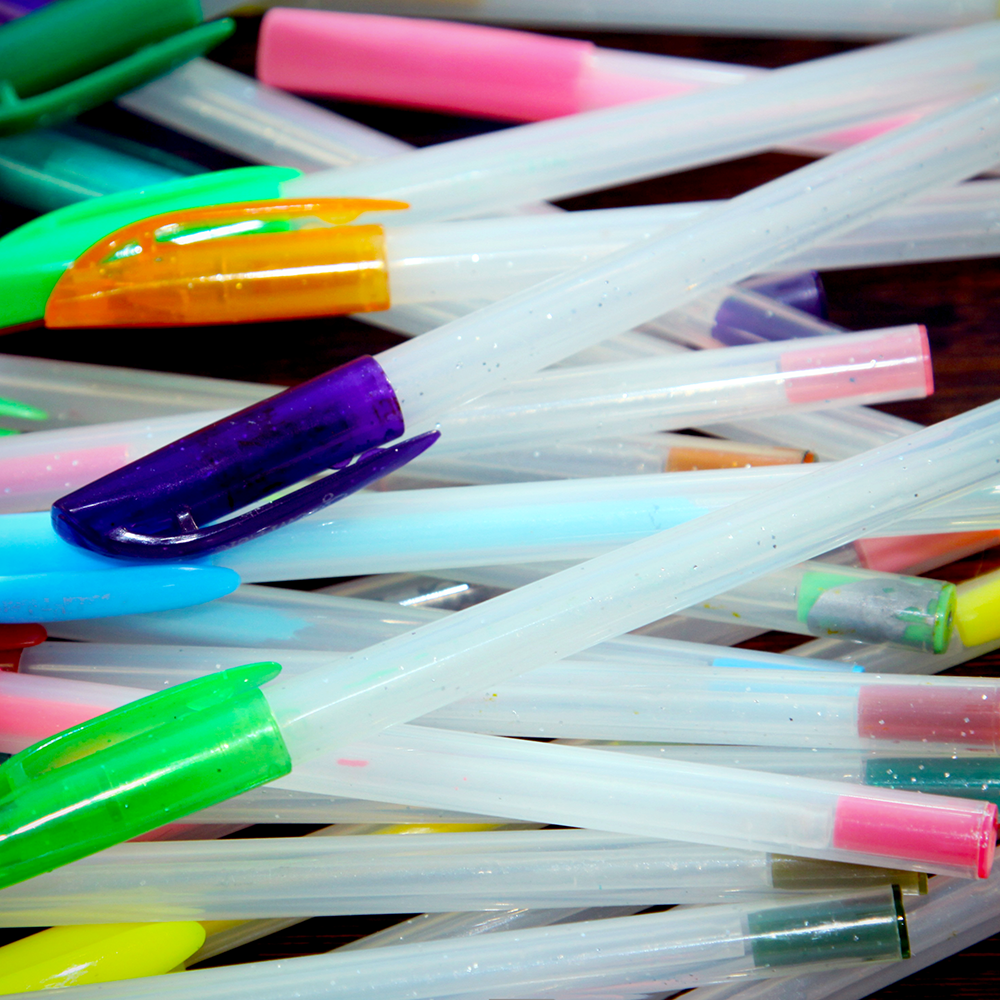
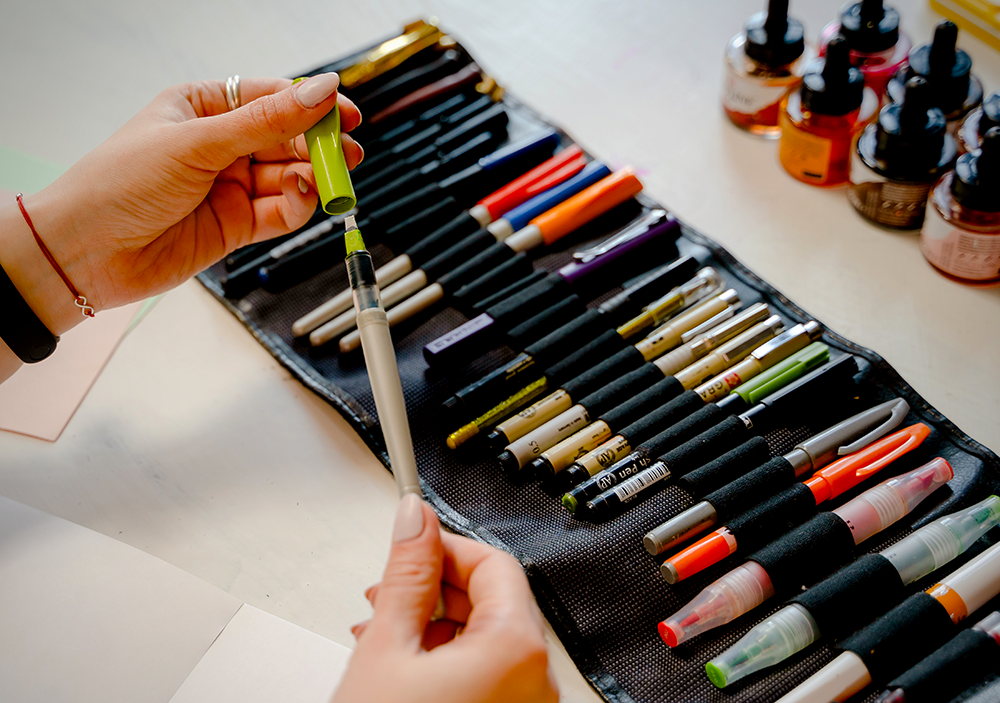
The Case for Fountain Pens
Despite the competition, fountain pens remain a symbol of sophistication.
The fountain pen nib, often made of gold or stainless steel, allows for a range of line thickness and an expressive writing style.
Fountain pen ink also comes in a vast array of colors, and many pen enthusiasts relish the ritual of filling their pens with bottled ink.
Ink Capacity and Refilling
Ink capacity is a significant consideration for many users.
Fountain pens require the use of ink cartridges or converters to draw ink from a bottle, which can hold more ink than most other pens.
This means less frequent refills for those who write a lot. However, the convenience of ink cartridges in ballpoint and gel pens cannot be overlooked.
Writing Comfort and Pressure
How much pressure one needs to apply while writing can affect comfort, especially during long writing sessions.
Fountain pens require less downward pressure compared to ballpoint pens, which can reduce hand fatigue.
On the other hand, the best mechanical pencil or a good pen with a cushioned grip can also provide a comfortable writing experience.


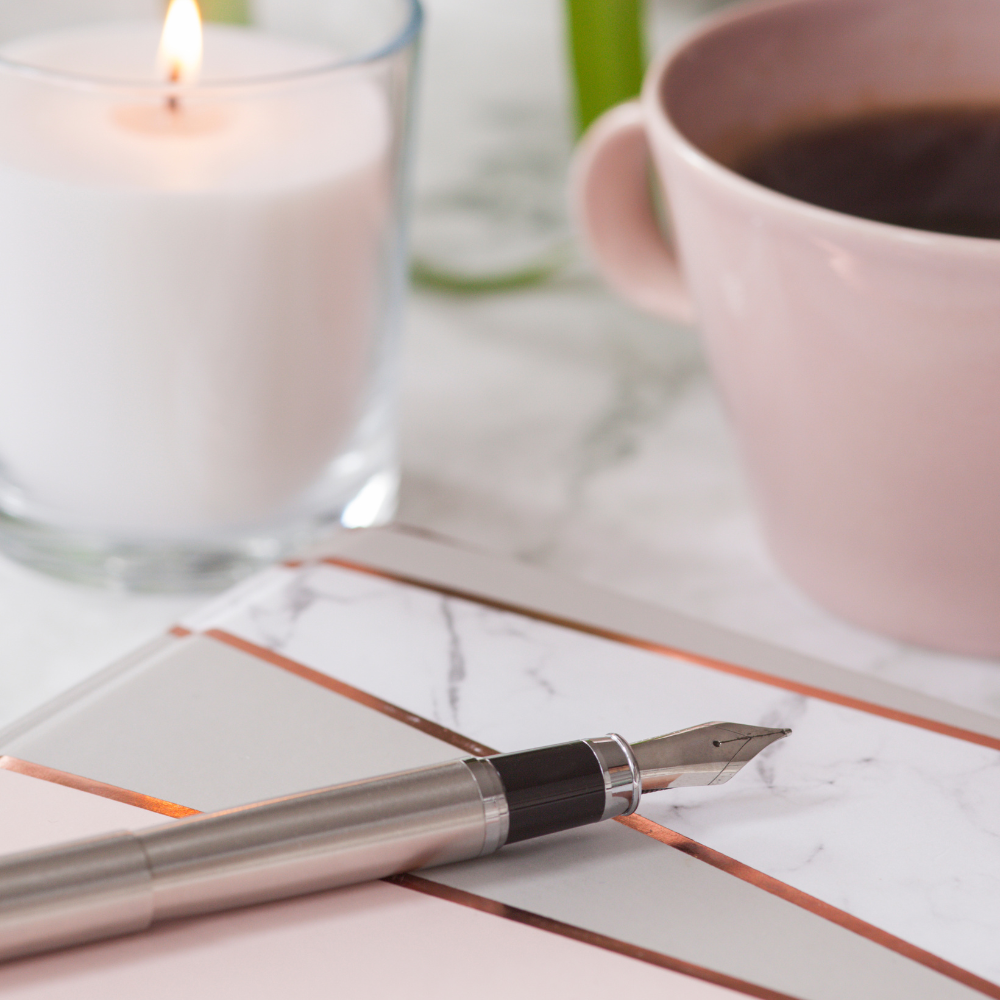
Durability and Maintenance of Art Instruments
When considering the longevity of a writing instrument, the fountain pen's ink system stands out.
Unlike a ballpoint pen or gel pen, which rely on disposable ink cartridges, a fountain pen can last a lifetime with proper care.
The gold nib of a fountain pen, often seen as a hallmark of quality, is particularly resistant to wear, allowing for decades of use.
Regular cleaning and maintenance are essential to preserve the pen's design and ensure a consistent ink flow, making it not just a tool but an heirloom.
In contrast, ballpoint and fountain pen options differ significantly in their maintenance needs.
Ballpoints, with their oil-based ink, require less upkeep due to the thicker ink's ability to resist drying out.
Rollerball pens, which use water-based ink, strike a balance between the two, offering smooth lines without the need for more downward pressure.
However, they do not match the potential longevity of a well-maintained fountain pen.
The uni-ball Signo, a popular gel pen, is praised for its quick drying ink, but like other pens with disposable cartridges, it lacks the enduring quality of a fountain pen.

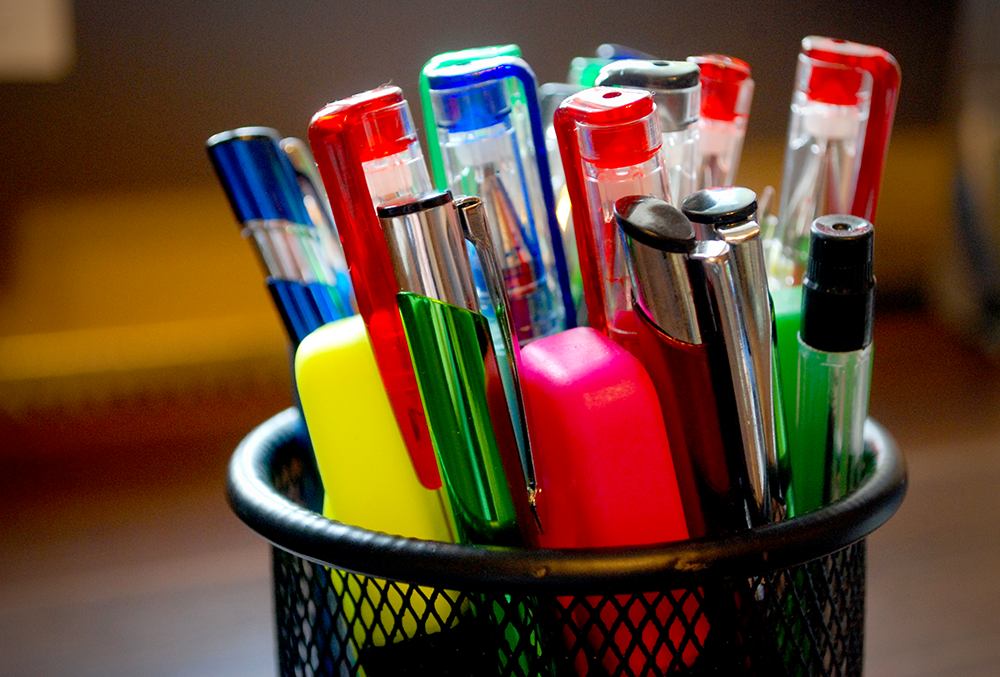

The Ink Experience: Variety and Customization
The ink experience is a crucial aspect of writing instruments, and here, fountain pens offer an unparalleled range.
The ability to use different inks, from the standard blue-black to a spectrum of vibrant colors, allows for a level of customization that other writing instruments cannot match.
The liquid based ink used in fountain pens also contributes to the creation of distinctive writing styles, as the ink flows smoothly from the gold nib, enabling smooth lines and varied shading.
Moreover, the fountain pen's ink is not confined to cartridges; users can also force ink into the pen via a converter or even use bottled ink, which is both cost-effective and environmentally friendly.
This stands in stark contrast to the only pen options like ball point pen and gel pen, which typically rely on proprietary ink cartridges.
While dip pens offer a similar ink variety, they lack the convenience and portability of a fountain pen.
The best pen for those who value ink variety and the ability to personalize their writing experience is undoubtedly the fountain pen.
Innovations in Ink: From Oil to Water-Based Solutions
The evolution of ink has played a significant role in the development of writing instruments.
Oil-based ink, commonly found in ballpoint pens, is praised for its quick-drying properties and its ability to write smoothly on various surfaces.
This type of ink has made the ballpoint pen a reliable tool for everyday writing tasks.
However, the oil-based ink can sometimes lack the vibrancy and flow that other inks provide, which is where water-based ink steps in to fill the gap, offering a different writing experience.
Water-based ink, used in tools like the rollerball pen and the Uni-ball Signo, is known for its rich color saturation and the smooth, fluid lines it produces.
This type of ink can take longer to dry but delivers a writing experience that many find superior to oil-based alternatives.
The Uni-ball Signo, in particular, has gained popularity for its consistent ink flow and the variety of colors it offers, including the sought-after blue-black shade.
As pen design continues to evolve, the interplay between the pen's design and the type of ink it uses remains a critical factor in the user's writing experience.
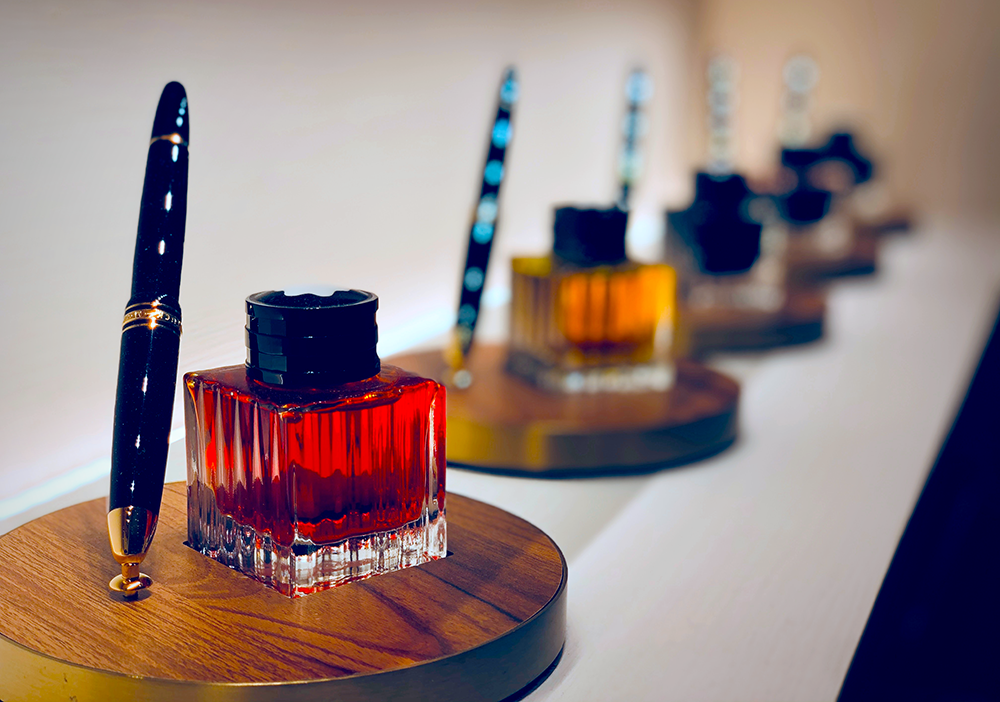


The Resurgence of the Dip Pen
The dip pen, often overshadowed by its modern counterparts, is experiencing a resurgence among calligraphers and artists who appreciate its traditional charm and the control it offers.
Unlike a fountain pen's ink system, the dip pen requires the user to manually replenish the ink from a bottle, allowing for a more intimate connection with the writing process.
This method harks back to a time when precision and personal touch were paramount in penmanship.
The dip pen's nib can be easily changed to suit different writing styles, making it a versatile tool for those who value customization.
Moreover, the dip pen's use of water-based ink provides a distinct advantage for certain artistic applications.
The ability to blend and create subtle gradients is unparalleled, offering a level of creativity that other writing instruments struggle to match.
While it may not have the convenience of an ink cartridge or the ubiquity of a rollerball pen, the dip pen holds its own as a tool for those who relish in the artistry of writing and drawing.
Its continued presence in the market is a testament to the enduring appeal of traditional writing instruments.
The Evolution of Nib Technology
The design and technology of pen nibs have undergone significant transformations, particularly in the realm of fountain pens.
The modern fountain pen's ink delivery system is a marvel of precision engineering, ensuring a consistent and smooth flow.
Nibs are now crafted from a variety of materials, including gold, stainless steel, and even titanium, each offering a unique writing experience.
The flexibility of the nib, often a hallmark of high-quality fountain pens, allows for a range of line widths and a more expressive writing style.
Innovations in nib technology have not only improved the functionality of these pens but also contributed to their aesthetic appeal.
In contrast, other writing instruments like the Uni-ball Signo leverage a different approach.
The Uni-ball Signo, known for its precise and clean lines, uses a rollerball system that employs a water-based ink, which is less viscous than oil-based ink.
This allows for a smoother writing experience akin to that of a fountain pen but with the convenience of a ballpoint.
The Signo's design is a testament to the evolution of pen technology, offering a writing instrument that is both highly functional and comfortable to use for extended periods.
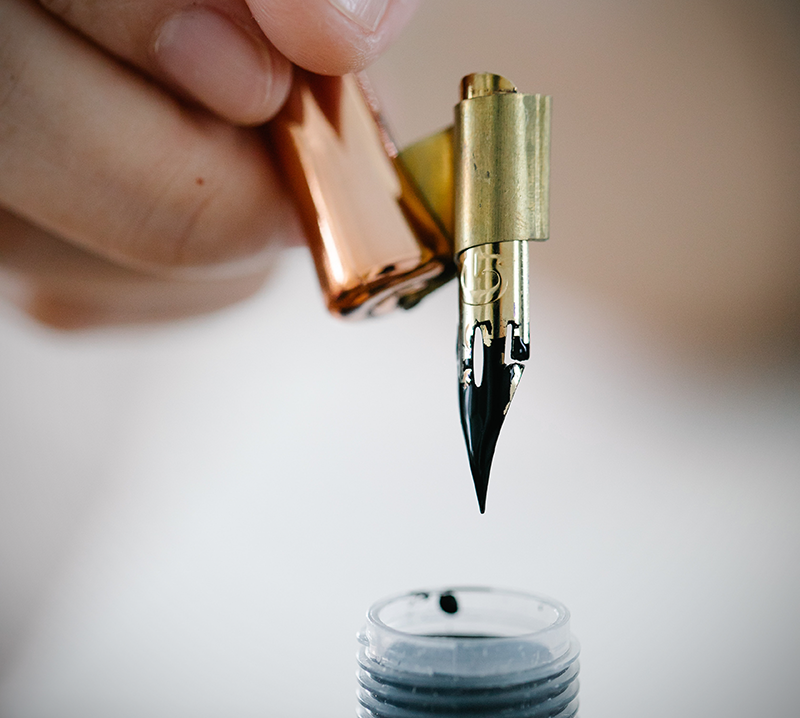

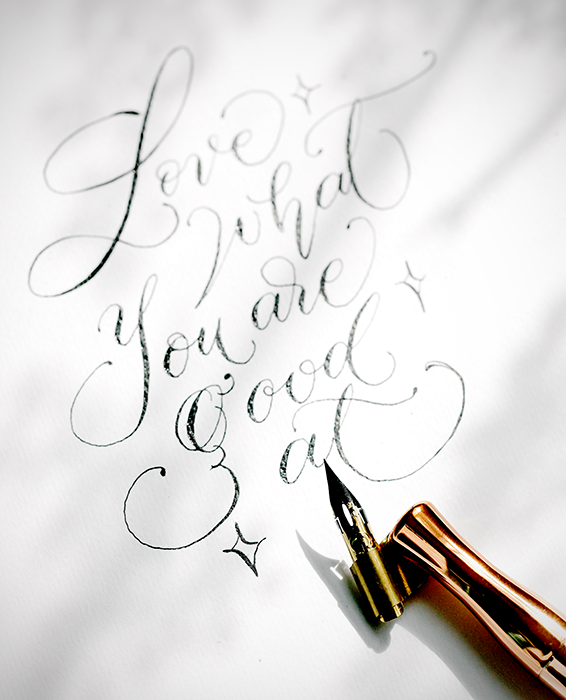
The Color Spectrum of Inks
The variety of ink colors available to fountain pen enthusiasts is vast, with hues ranging from the classic blue-black to vibrant purples and greens.
The color of the ink can be a personal statement or a practical choice.
Blue-black ink, a popular choice among fountain pen users, offers a professional look with a hint of personality.
This color is often water-based, providing a smoother writing experience and a quicker drying time compared to oil-based ink.
The choice of ink color can also affect the readability of the text and the perception of the writer's style.
Beyond the traditional color palette, modern innovations have introduced a plethora of specialty inks.
These include shimmering inks with particles that catch the light, inks that change color under different lighting conditions, and even inks that are designed to be more environmentally friendly.
The Uni-ball Signo, for example, is known for its vibrant and consistent gel ink colors that stand out on the page.
Whether using a fountain pen or another writing instrument, the ink color chosen can enhance the writing experience and offer a form of self-expression through the written word.
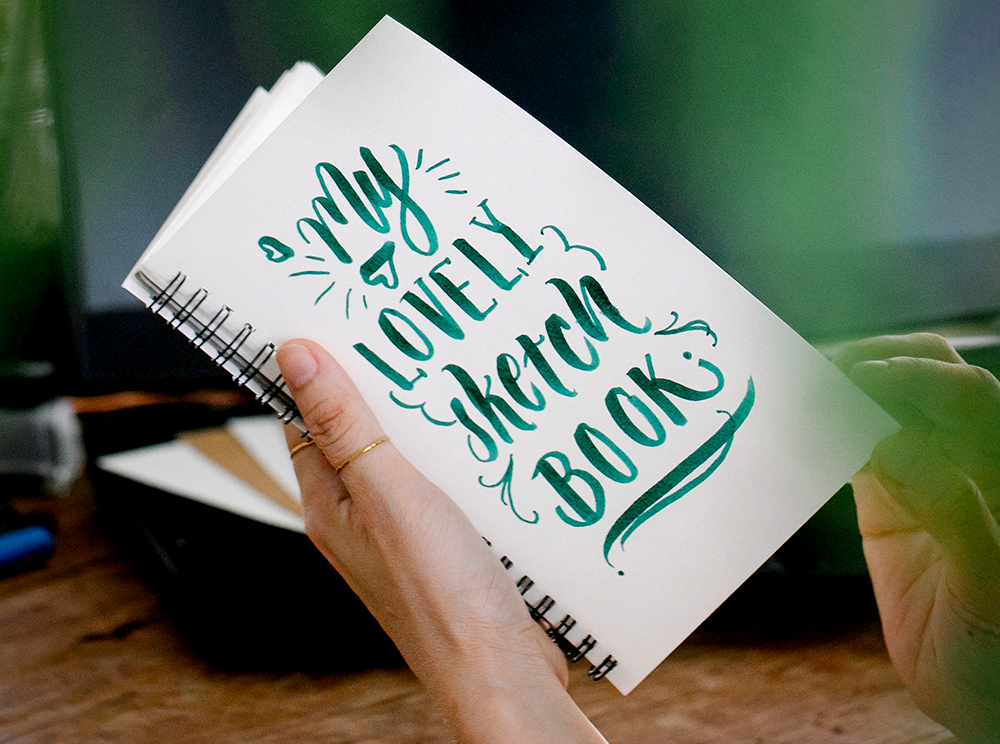
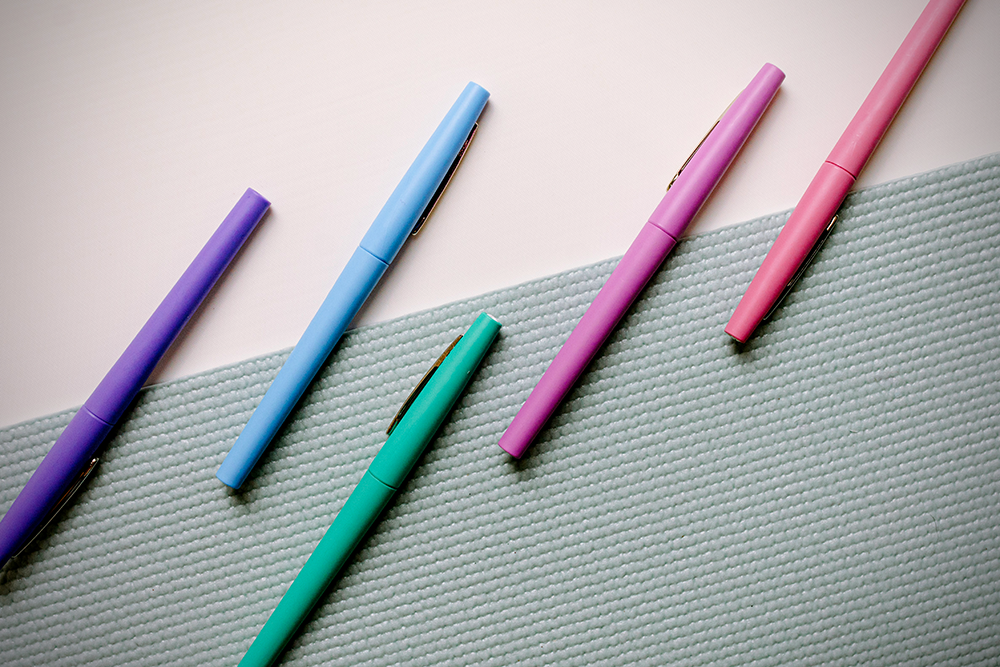
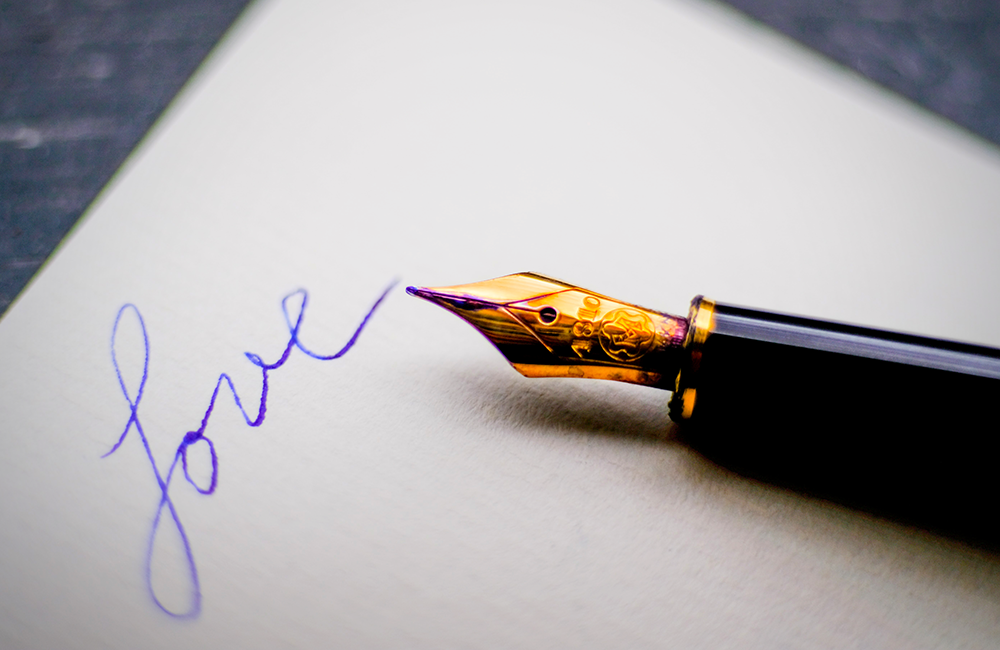
The Science Behind Ink Formulation
The formulation of ink, particularly for fountain pens, is a sophisticated science that balances viscosity, surface tension, and drying time.
Oil-based inks are renowned for their permanence and water resistance, making them a favorite for legal documents and archival work.
However, they can be less forgiving in fountain pens, potentially clogging the delicate feed system.
On the other hand, water-based inks offer a smoother flow and a wider range of colors, including the popular blue-black shades, but they can be more prone to smudging and feathering on certain types of paper.
Advancements in ink technology have led to the creation of hybrid formulas that aim to offer the best of both worlds.
For instance, the Uni-ball Signo series utilizes a water-based gel ink that provides the smoothness of a rollerball with the vibrant, consistent lines of a gel pen.
This innovation in pen's design and ink formulation has made the Uni-ball Signo a formidable competitor in the realm of writing instruments, challenging the dominance of traditional fountain pen's ink.
The Impact of Ink Properties on Writing Experience
The properties of ink play a pivotal role in the writing experience provided by different pens.
Fountain pen's ink, typically water-based, is prized for its vibrant colors and the ease with which it flows onto paper.
This type of ink can create beautiful shading effects, especially with colors like blue-black, which has a rich depth that varies with writing pressure and paper absorbency.
Water-based inks are also easier to clean from pens, making maintenance a simpler task for fountain pen enthusiasts.
Oil-based ink, commonly found in ballpoint pens, offers a different set of advantages.
Its thicker consistency allows it to dry quickly on paper, reducing the likelihood of smudging and making it ideal for left-handed writers.
The oil-based formula also tends to be more resistant to water once dry, which can be crucial for document longevity.
While oil-based inks don't typically offer the same color saturation as their water-based counterparts, they provide reliability and practicality for everyday use in a variety of writing conditions.

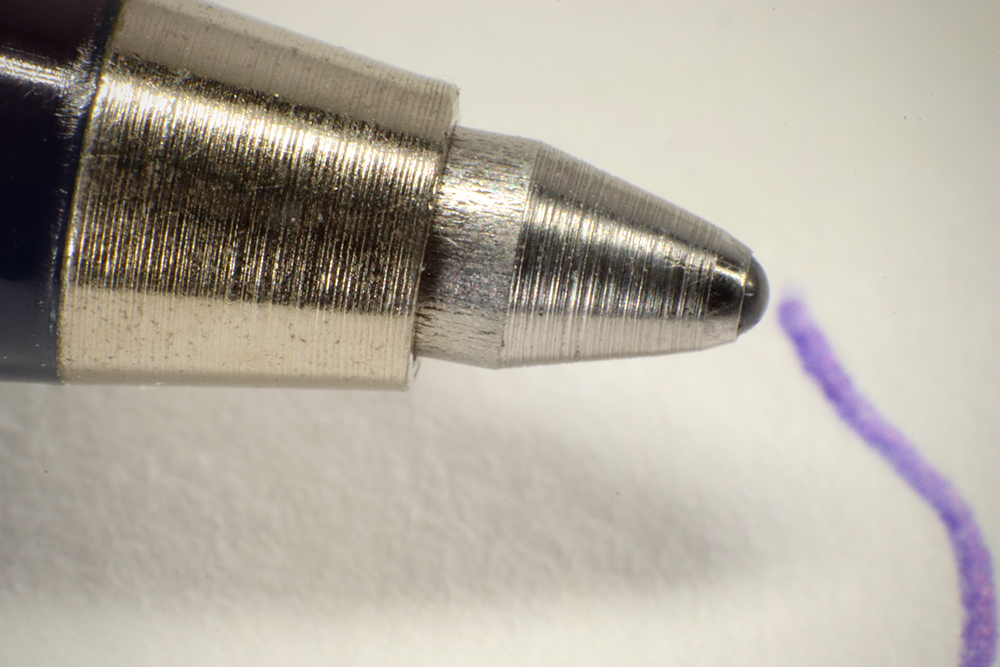
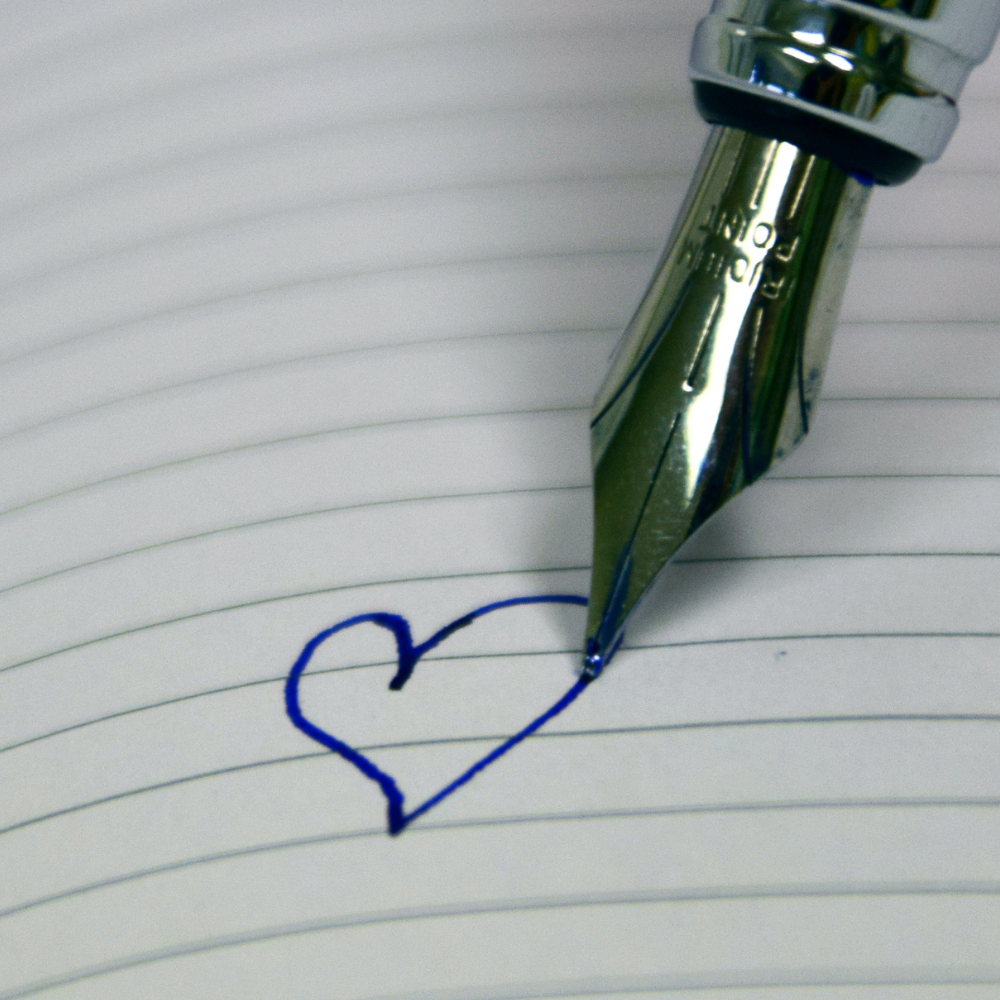
Customization and Personalization
In the realm of writing instruments, the ability to customize and personalize has become a significant selling point.
Fountain pens, in particular, offer an array of customization options, from nib sizes and materials to bespoke pen's design.
This level of personalization not only enhances the writing experience but also allows users to express their individual style.
Whether it's a sleek, minimalist design or a pen adorned with intricate patterns, the aesthetic element plays a crucial role in the fountain pen market.
Other writing instruments have followed suit, with companies like Uni-ball offering customizable features in their Signo line.
Users can choose from a variety of ink colors, including the professional and timeless blue-black, to match their personal preference or the requirements of their task.
The convergence of functionality and style is a trend that continues to shape the pen industry, as manufacturers strive to cater to the diverse needs and tastes of their clientele, making each writing experience as unique as the individual behind the pen.
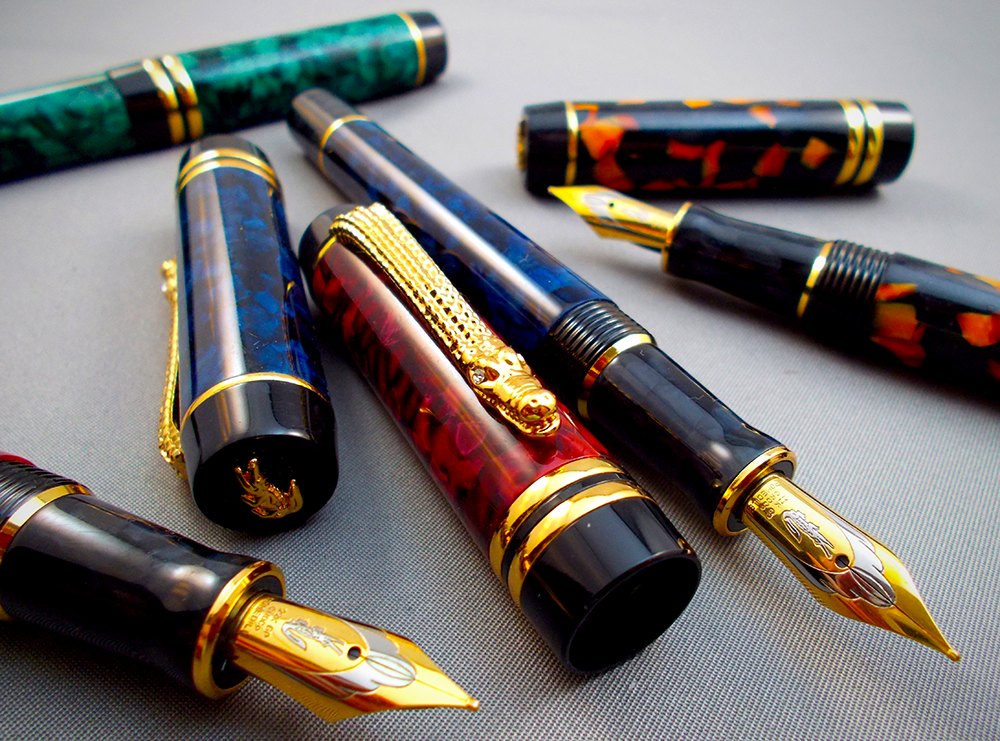

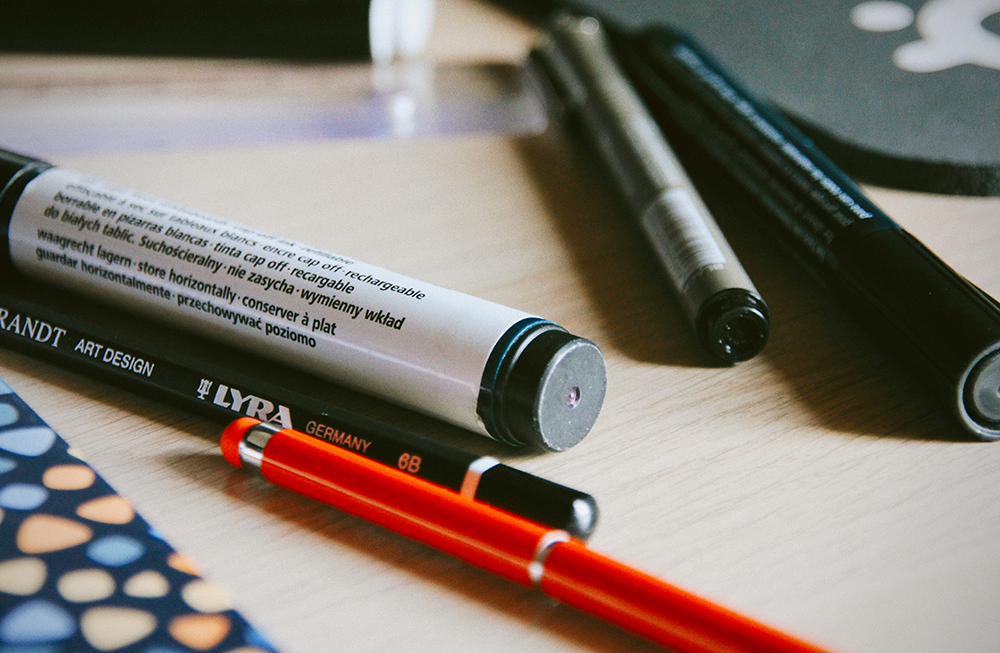
The Ergonomics of Writing Tools
When discussing the comfort and efficiency of using various writing instruments, the ergonomics of the pen's design is paramount.
A well-designed fountain pen, for example, can significantly reduce hand fatigue during prolonged writing sessions.
The balance and weight distribution of a pen contribute to its ergonomic properties.
Fountain pens often have a heft and shape that encourage a more relaxed grip, which can be beneficial for individuals who write extensively.
The pen's design is not just about aesthetics; it's about creating a seamless connection between the writer's hand and the paper.
In contrast, other writing instruments like the Uni-ball Signo, with its contoured grip and lightweight body, offer a different ergonomic experience.
The Uni-ball Signo is designed to provide a comfortable writing experience without the need for excessive pressure, which is often required by oil-based ink pens.
This is particularly advantageous for those who prefer the ease of a rollerball but desire the smooth ink flow similar to that of a fountain pen's ink.
The ergonomic design of these pens can make them a preferred choice for daily use, especially in environments like offices or classrooms where writing is frequent.
Ink Drying Time
Ink drying time is a concern for left-handed writers and those who need quick-drying ink to avoid smudges.
Ballpoint pen ink and some gel inks are fast drying, making them suitable for fast-paced environments.
Fountain pens, with their liquid-based ink, can take longer to dry and may not be the best choice for those who need quick-drying capabilities.
Paper Types and Pen Performance
The type of paper used can greatly affect a pen's performance.
Fountain pens work best on high-quality paper that can handle flowing ink without bleeding or feathering.
Ballpoint and rollerball pens are more versatile and can write effectively on a wider range of paper types, including low quality paper.
The Aesthetic Appeal
For many, the aesthetic appeal of a pen is just as important as its functionality.
Fountain pens offer an unmatched level of elegance and tradition.
The pen's design, from the pen body to the nib, can be a work of art.
Other pens may not match the prestige of a fountain pen but can still offer a sleek and modern design.
Pen Tip and Line Quality
The pen tip is crucial for achieving the desired line quality.
Fountain pen nibs can create thinner lines with less surface tension, while ballpoint pens tend to produce a thicker line.
Rollerball and gel pens offer a middle ground, with the ability to create both fine and bold lines.
Technological Advancements in Pen Design
Technological advancements have led to improvements in other writing instruments that may surpass fountain pens in certain aspects.
Features like ergonomic designs, hybrid ink formulas, and retractable tips make modern pens more convenient and user-friendly.
Environmental Considerations
The environmental impact of pen use is becoming an increasingly important factor for consumers.
Fountain pens, with their refillable design, generate less waste than disposable pens.
However, advancements in recyclable materials and refillable options for other pens are closing this gap.

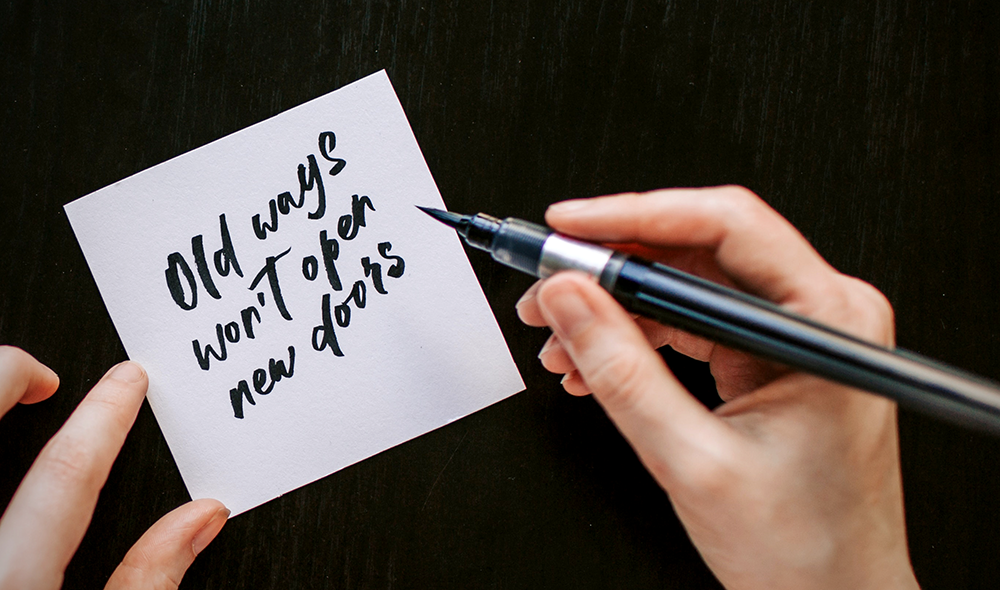
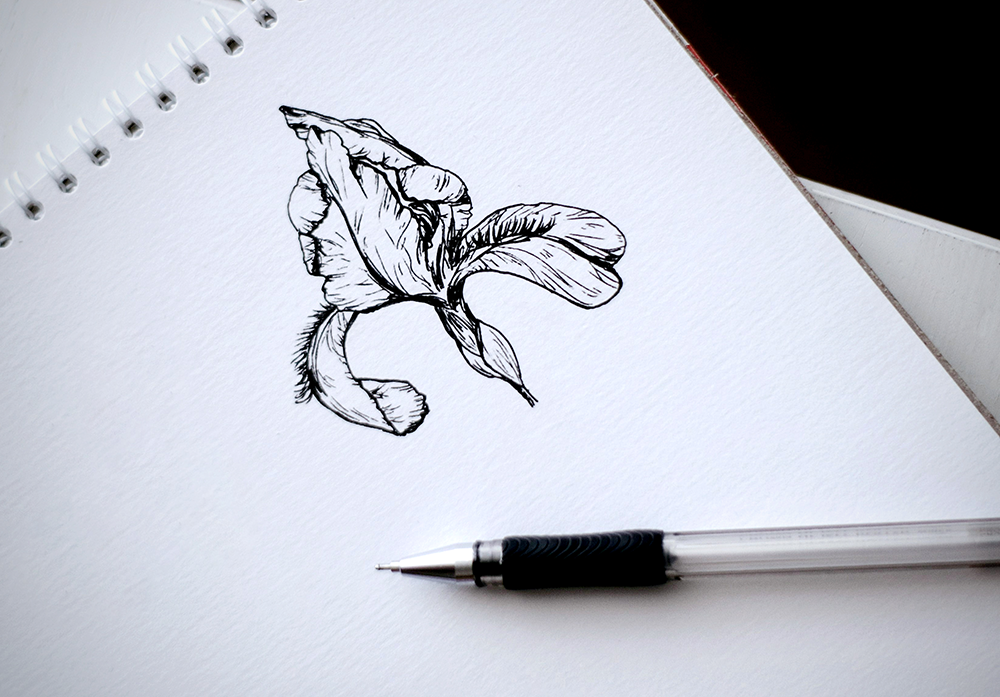
The Verdict: Is There a Clear Winner?
The debate over what is better than a fountain pen is nuanced and subjective.
Fountain pens are cherished for their elegance and expressive writing, but alternatives like ballpoint, rollerball, and gel pens offer practical benefits that cater to different writing needs.
Determining what is better than a fountain pen depends on individual needs and preferences.
While fountain pens offer a unique and classic writing experience, other pens provide practical advantages that may be more suited to the modern user's lifestyle.
Ultimately, the best writing instrument is one that aligns with the user's priorities, whether it's the artistry of a fountain pen or the convenience of a modern pen.
So, there you have it, these amazing drawing tools that are just as amazing as the fountain pen.
Each of these tools will add a new level of creativity and individuality to your artwork.
Whether you're a longtime artist or a beginner, these tools will help you take your artwork to new heights.
The next time you're looking to add something extra to your drawings, remember to give these drawing tools a try; you'll be glad you did!
Also, remember to experiment and have fun with your drawing tools – there are no limits to what you can create!

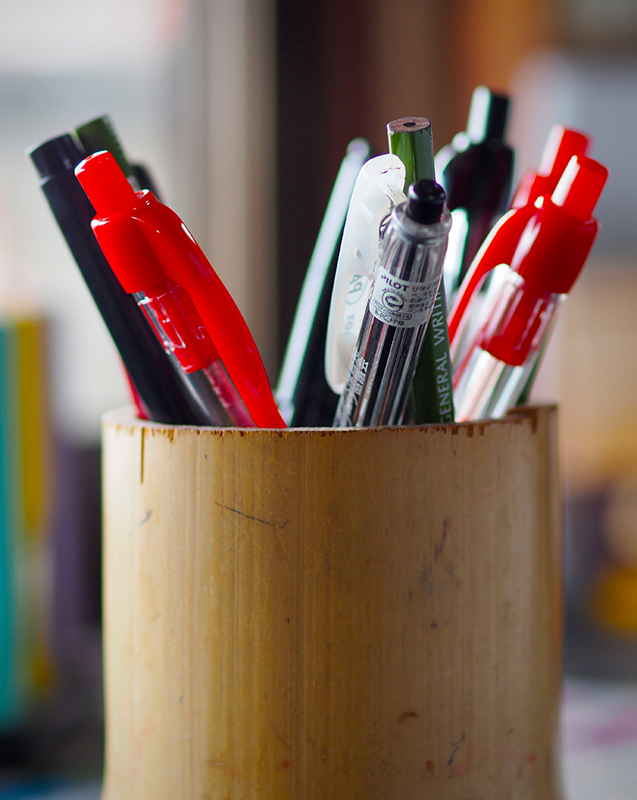
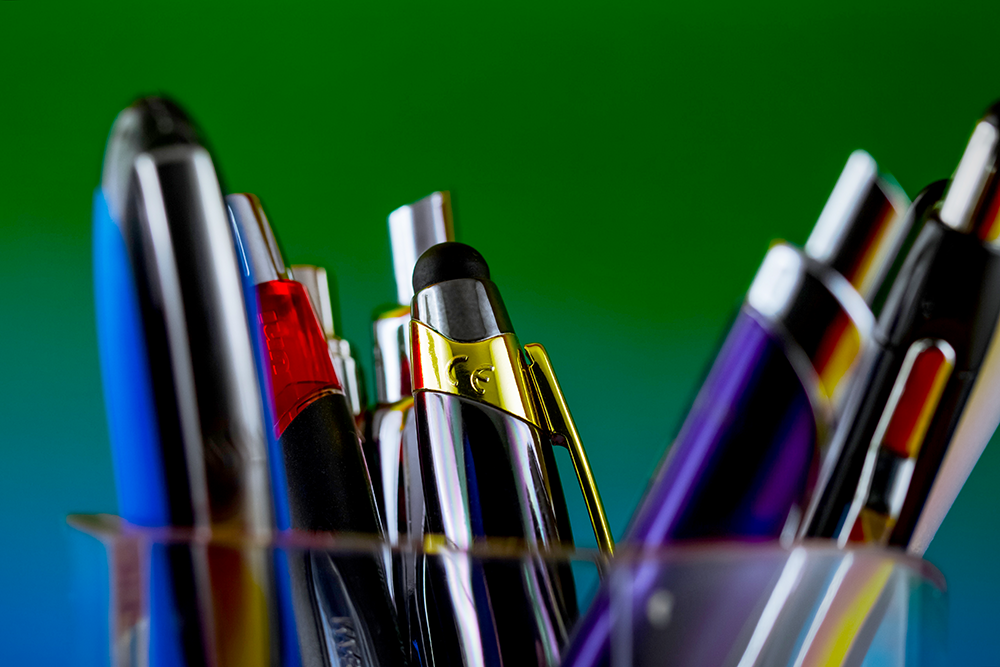
Love drawing with all sorts of pens? Check out Ekpap's video!
Want even more content about creativity and art?
Be sure to check out all of our creative chronicles!
Want to learn more about drawing with pens?
Check out some of our other articles:
-Is a fountain pen good for art?
-What is the disadvantage of fountain pens?


